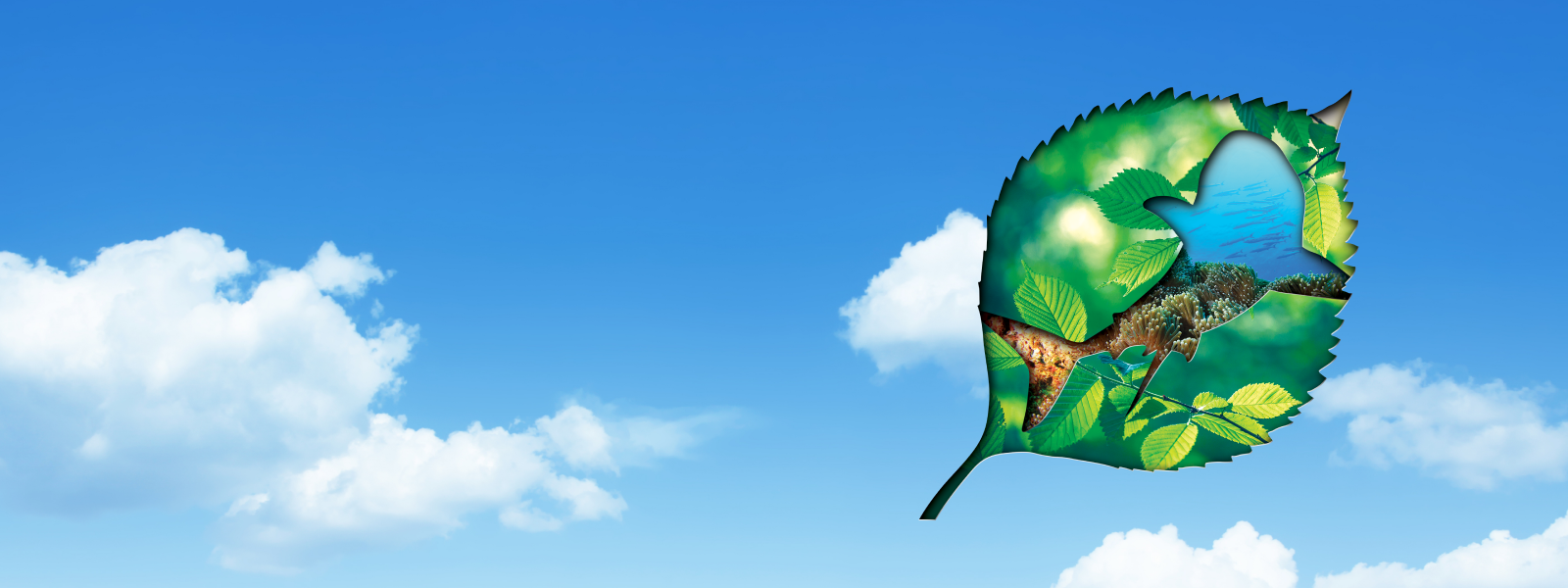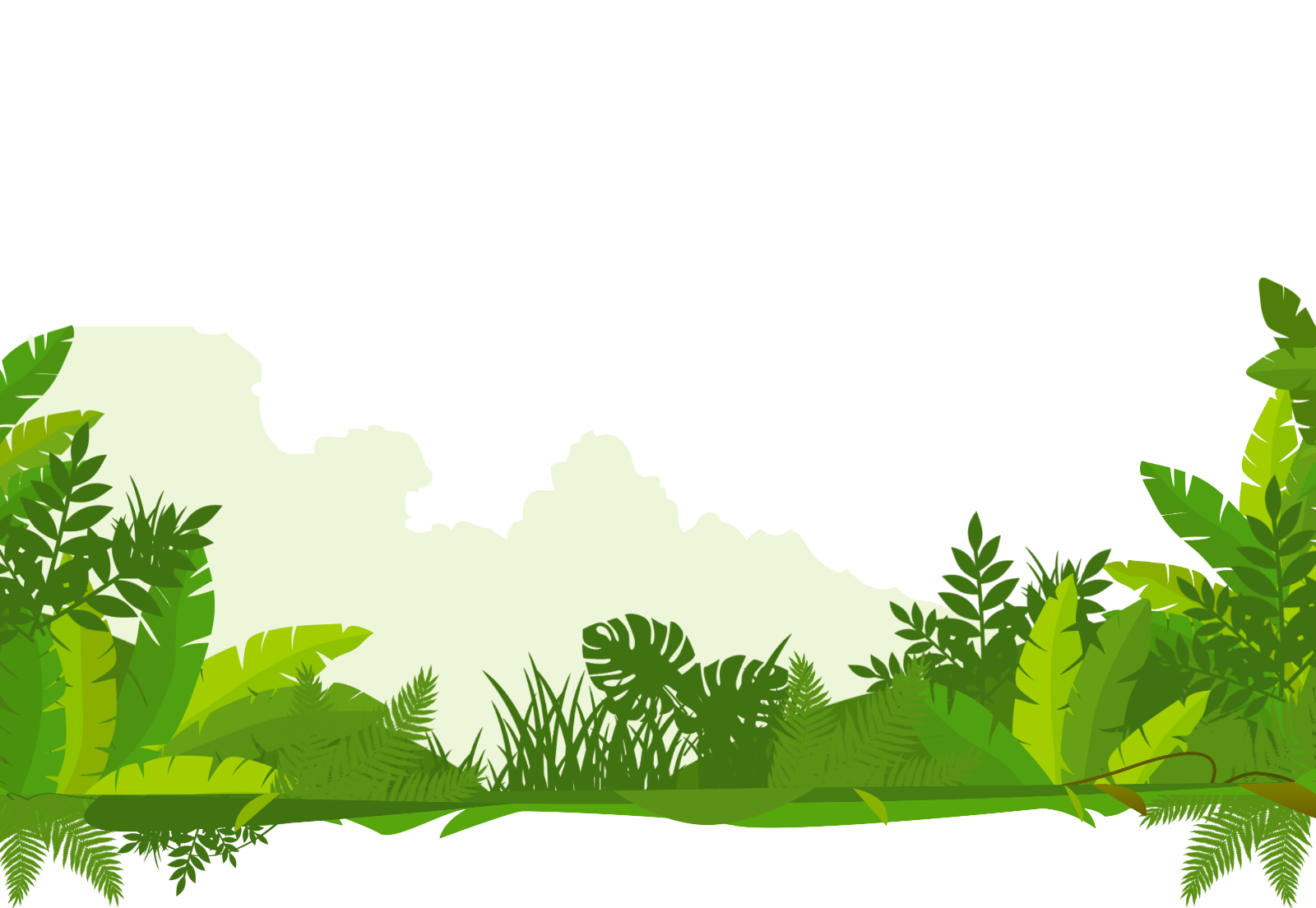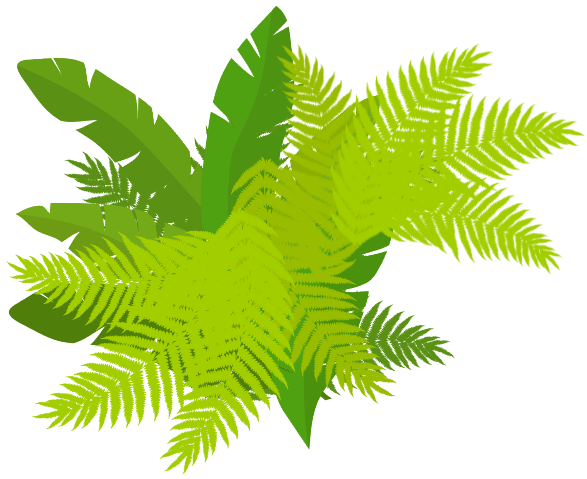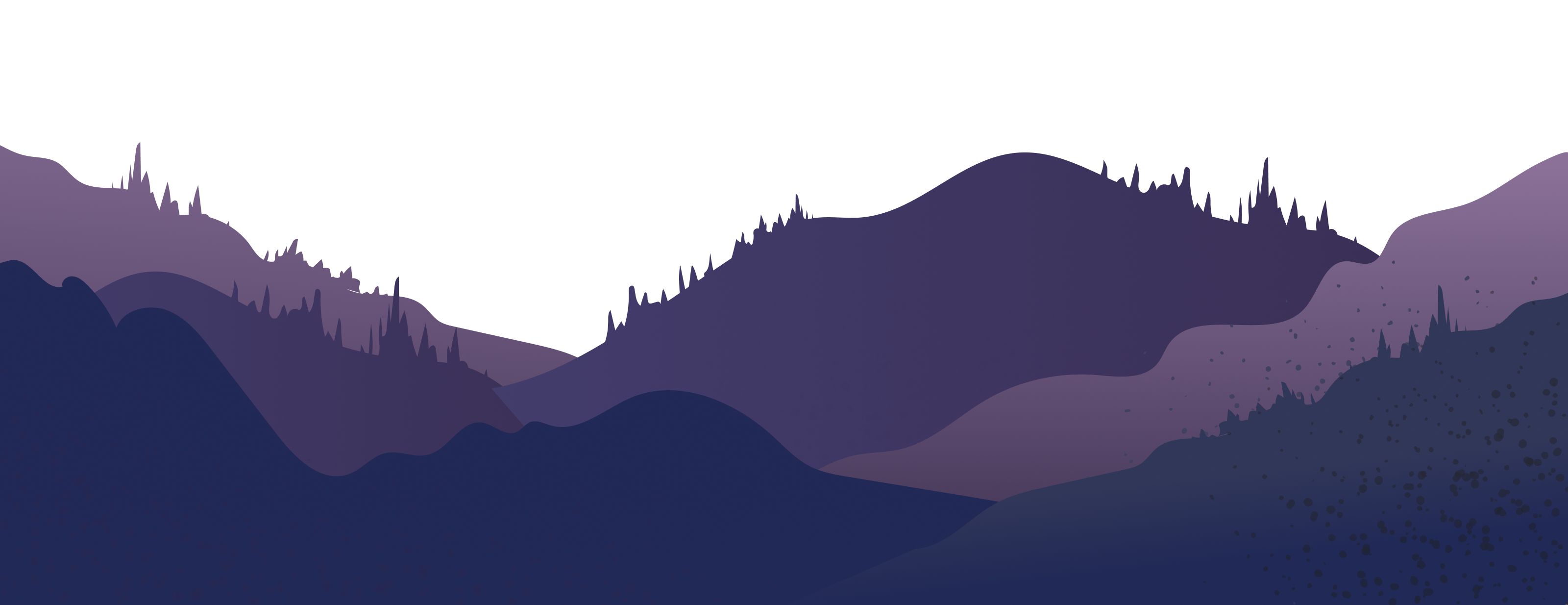Image

At MSIG, we seek to contribute to the development of a vibrant society and help secure a sound future for the planet, by enabling safety and peace of mind. As an insurance company that sees the heart in everything, we recognise protecting biodiversity is fundamental to thriving ecosystems because they provide us with vital resources like food, water, and medicines. These are key to ensuring sustainable societies, and our existence.


At MSIG, we partnered Conservation International Asia-Pacific (CIAP) to protect biodiversity by supporting the conservation of forests and oceans. This investment supports natural climate solutions. Nature provides 30% of the solution to mitigating climate change by helping to remove or avoid carbon emissions.
Learn more




Protecting large scale ecosystems is the insurance that this planet needs to reduce our risk of catastrophic loss. An ecosystem is a geographic area where plants, animals, and other organisms, as well as weather and landscapes, interact. The whole surface of Earth is a series of interconnected ecosystems. The more diverse the ecosystem, the more productive it is.
Click on each ecosystem to discover more.
Forests are among the most biodiverse ecosystems on Earth. Tropical rainforests are home to more species than any other terrestrial habitat and they are all interconnected with one another - whether for food, growth, survival, and more.
For example:
Forests provide homes for animals.
Some of these animals eat plants.
The plants need healthy soil to grow.
Fungi help decompose organic matter to fertilise the soil.
Here we see how the forest, Sunda pangolin, and termites are interconnected, as well as how forests affect humankind.
The marine ecosystem is the largest on Earth. It comprises an astounding variety of plant and animal species such as seagrass, corals, fish, rays, turtles, dugongs, as well as microalgae, plankton, and many more. Their individual existence is interdependent on one another.
For example, a change in ocean temperatures will affect the plant species that can grow there. Animals dependent on these plants for food and shelter will need to adapt to these changes, move to another ecosystem, or perish. Likewise, these changes will have significant consequences for us too.
In this example, we see how the shark plays an important role in ensuring the health of the ocean.
Mangroves are considered a natural climate solution with the potential to mitigate climate change - they are three times more effective at storing carbon than terrestrial forests, depositing it in plants and sediment, where it is known as “blue carbon”. They can also hold four times the amount of carbon than the average forest, despite covering only 0.1% of Earth's land surface.
In addition, mangrove ecosystems are among the most productive and biologically diverse ecosystems on the planet. They serve as important habitats for marine life like snappers, sharks, manatees, crabs, and more, which depend on one another for survival.
This example demonstrates how mangroves provide food for reef fishes.
Watch and read to learn more about biodiversity through these in-depth videos and articles.
Discover how our esteemed clients have developed and implemented business policies and practices to protect biodiversity and help nature thrive.